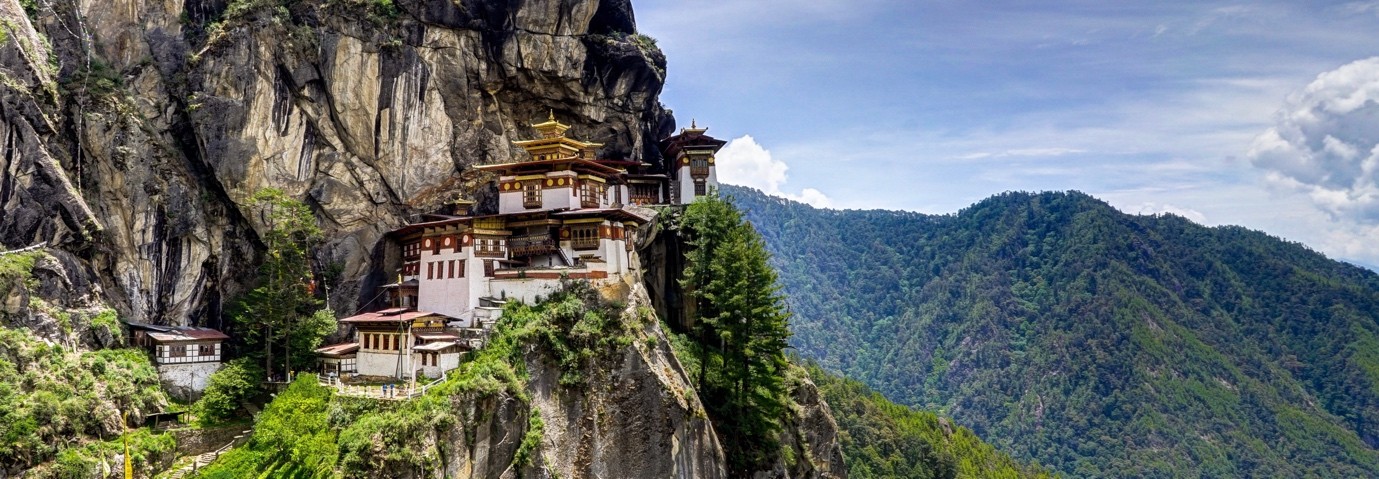1. Traditional food in Bumthang
The food in Bumthang seems to be a little bit special. Buckwheat is grown here because rice grows very slowly due to the higher altitude. There are buckwheat noodles and pancakes, plus all the wonderful small vegetable side dishes that make up a traditional Bhutanese meal. One of my most memorable, and delicious, dish was hot cheese served with ezay, a condiment made with dried chilli. It was simple but unbelievably good.

2. The school of traditional arts in Trashiyangtse
Thimphu also has a large school for the traditional arts and crafts of Bhutan but the one in Trashiyangtse is in a most lovely setting. The students make all the devotional Buddhist items that you might find in a temple or at a festival: sculpture, wooden masks, paintings, embroidery etc. The level of detail is fascinating, requiring years of study. The students speak great English and are unfailingly friendly and polite, as people in the east seem to be.
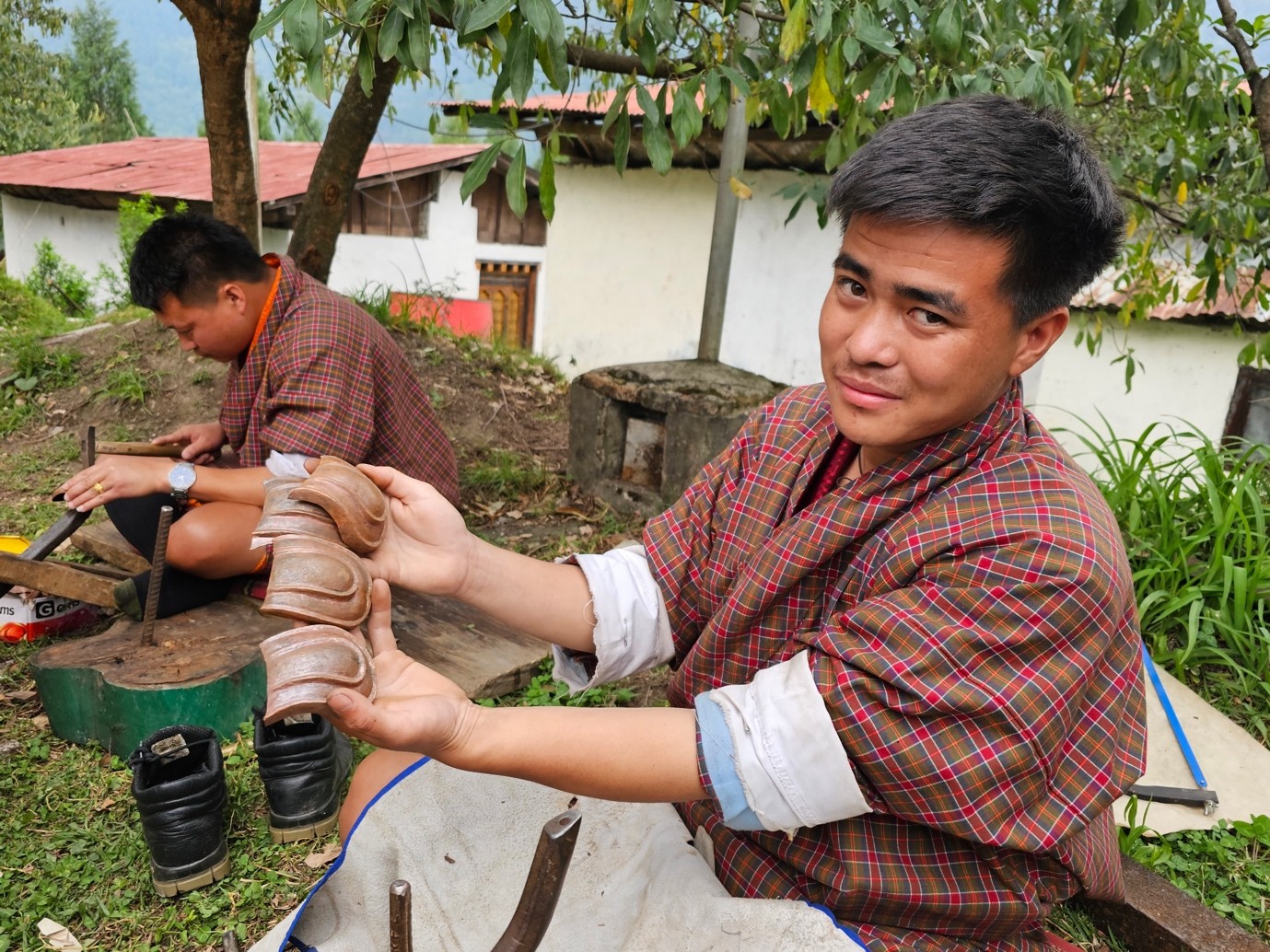
3. Khoma village
Khoma is known as a weaving centre, but a visit is more than just a chance to see the women weavers at work. It is the perfect sized village to wander around and observe rural life. Flat land is hard to come by everywhere in Bhutan, so houses tend to be clustered together on the available space, connected by walking paths. The weavers work outside, as do many of the village folk, so it’s always possible to meet someone for a chat. There are no hotels in Khoma, just homestays. You’ll meet the family, eat great food and experience Khoma’s peaceful day to day life. It’s definitely worth getting up early one morning to visit the temple when the monks are there performing their morning chant.
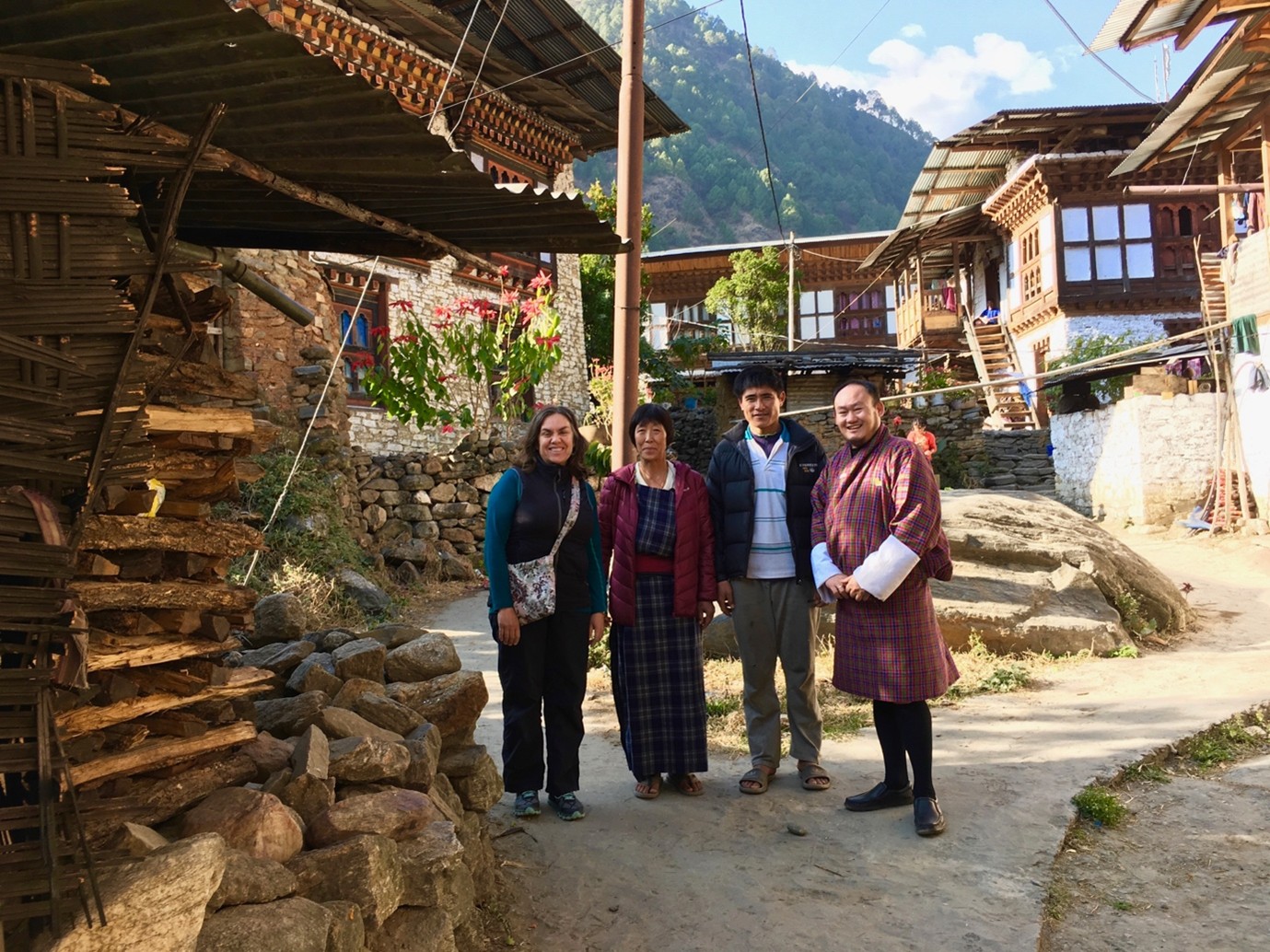
4. The Dochu La in winter
All travellers heading east towards Punakha stop off at the Dochu La, a high pass about forty minutes’ drive from Thimphu. There is a café here, a temple, a shop and 108 chortens built in a circular pattern. The chortens alone make an impressive sight, but the mountain views from here during winter are truly spectacular. Bhutan experiences mostly clear blue skies and little rain in winter – perfect conditions for viewing the Himalayas from the passes such as the Dochu La. The mountains seem like they are so close! The best thing is that you have a second look when you return back west.

5. Punakha Dzong
The dzong at Punakha is regarded as the most beautiful in all of Bhutan. It’s also a significant one, as the central monk body resides here in winter, where the altitude is much kinder. Important figures in the Buddhist hierarchy can be seen presiding over ceremonies, rituals and religious festivals that take place annually in the dzong. It is located at the confluence of two great rivers, with a wooden bridge over one that serves as the entrance. Once inside, there are several courtyards, with the last one being the most interesting. Here the painted and carved woodwork, golden pillars, ornate doorways and Buddhist art are a sumptuous visual feast.
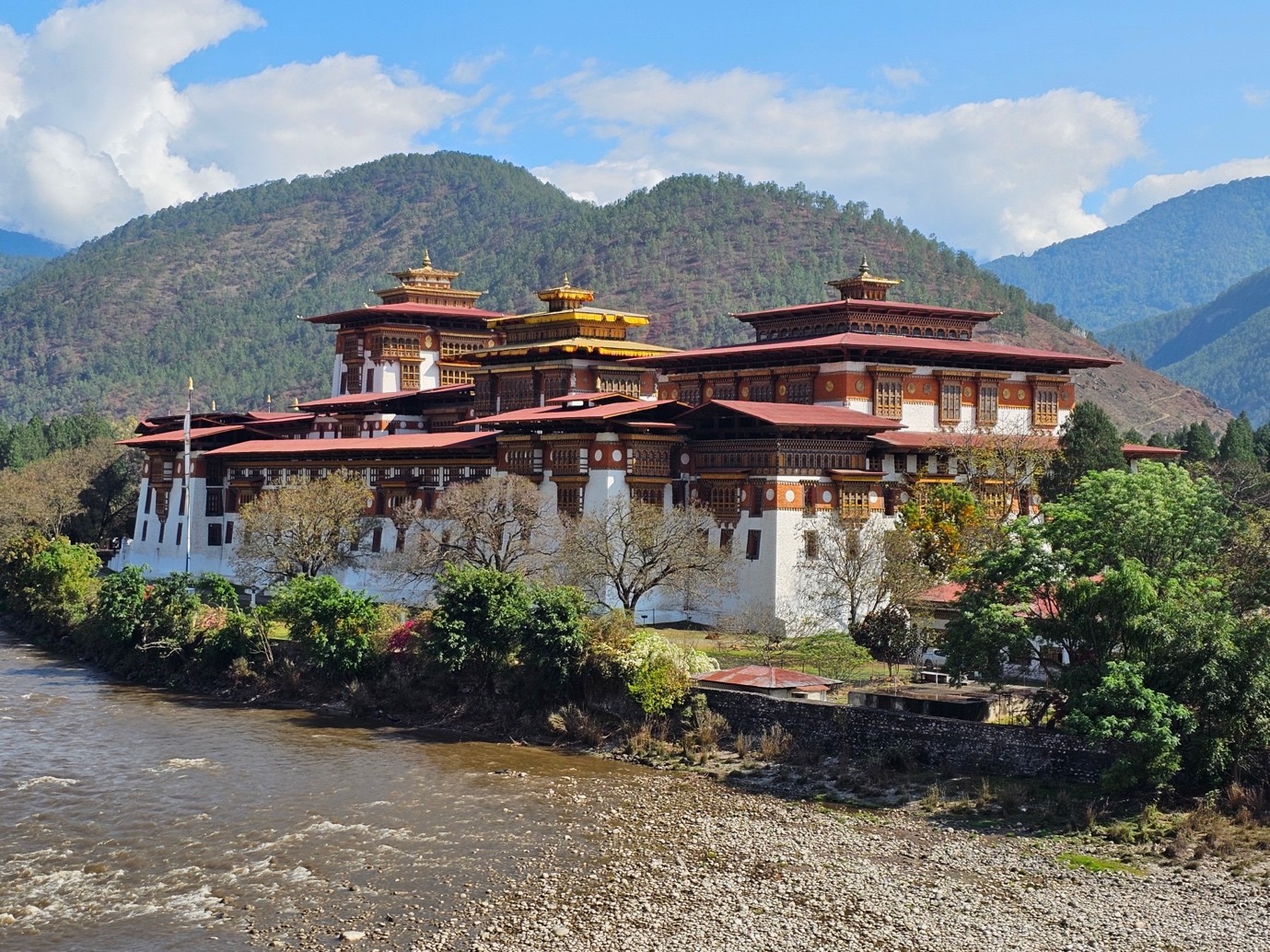
6. The Phobjikha Valley in winter.
Winter is the dry season in Bhutan, which can sometimes mean bleak, brown landscapes in the higher altitude valleys. The Phobjikha Valley, a beautiful valley in Wangdue Phodrang in central Bhutan, falls into this category and is the one place that you definitely should visit in winter. This is the time of the black necked cranes. These magnificent birds fly every year from the Tibetan Plateau to nest in only two valleys in Bhutan, the Bomdeling Valley in far east Trashiyangtse and Phobjikha.
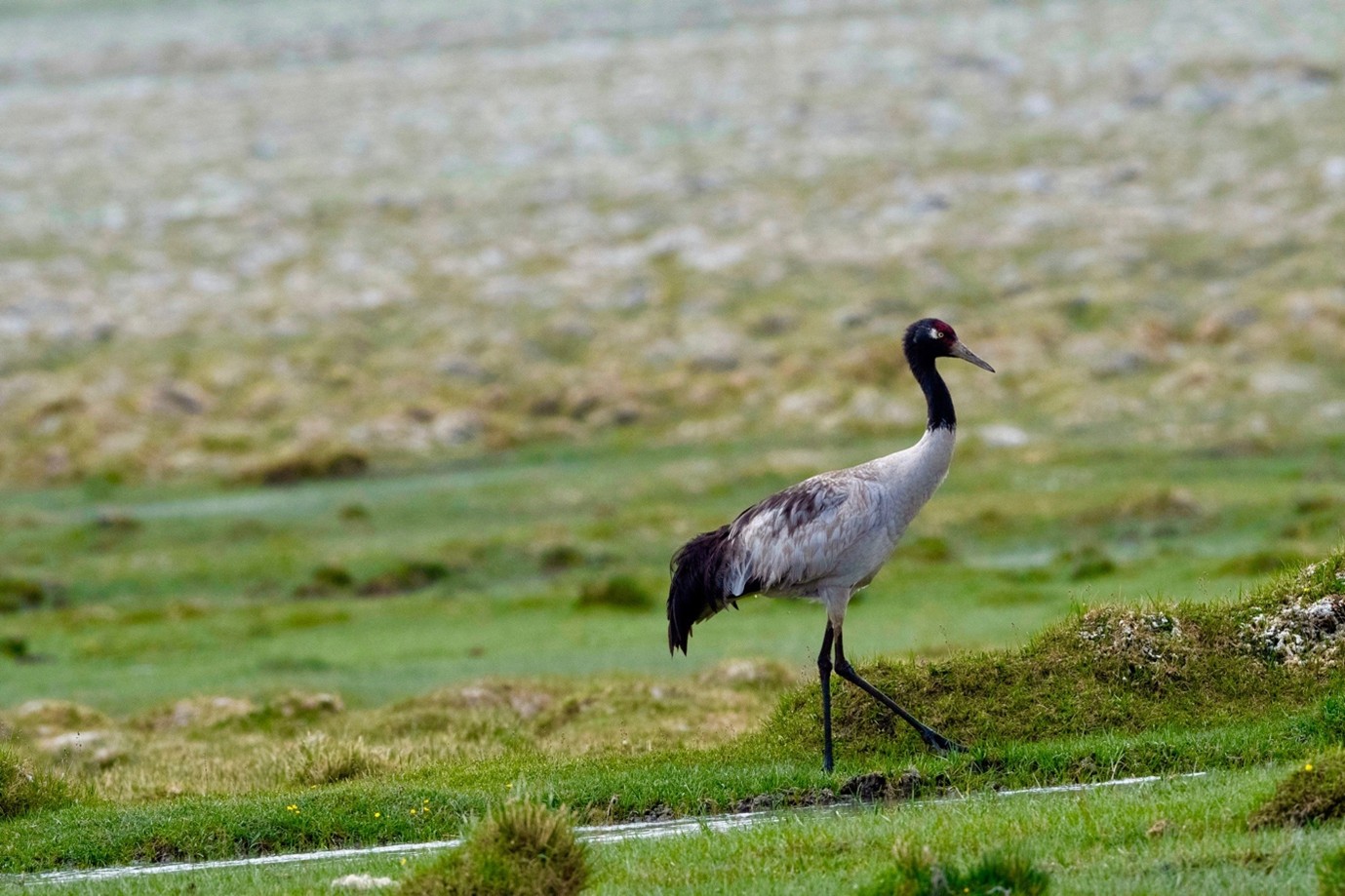
7. Khamsum Yulley Namgyal Chorten
This newish chorten doesn’t have a grand history yet, but it is a striking building in a gorgeous location. The hike to get there is short, uphill meander through rice paddies and pine forest. The tranquil grounds are well cared for and beautiful in spring when the flowers are out. The temple itself has several storeys, accessed by steep, narrow staircases. The reward for climbing to the rooftop are the magnificent views over the valley and river. It is picture perfect Bhutan.

8. The ancient Lumitsawa Trail in spring
Just down the road from the famous Dochu La is the start of a downhill trail that leads to the village of Lumitsawa. The forest here is mostly rhododendron and are absolutely spectacular in April, when the trees are in full spring bloom. Red flowers are everywhere, as are bright green mosses. It is a natural paradise that truly lifts your spirit.
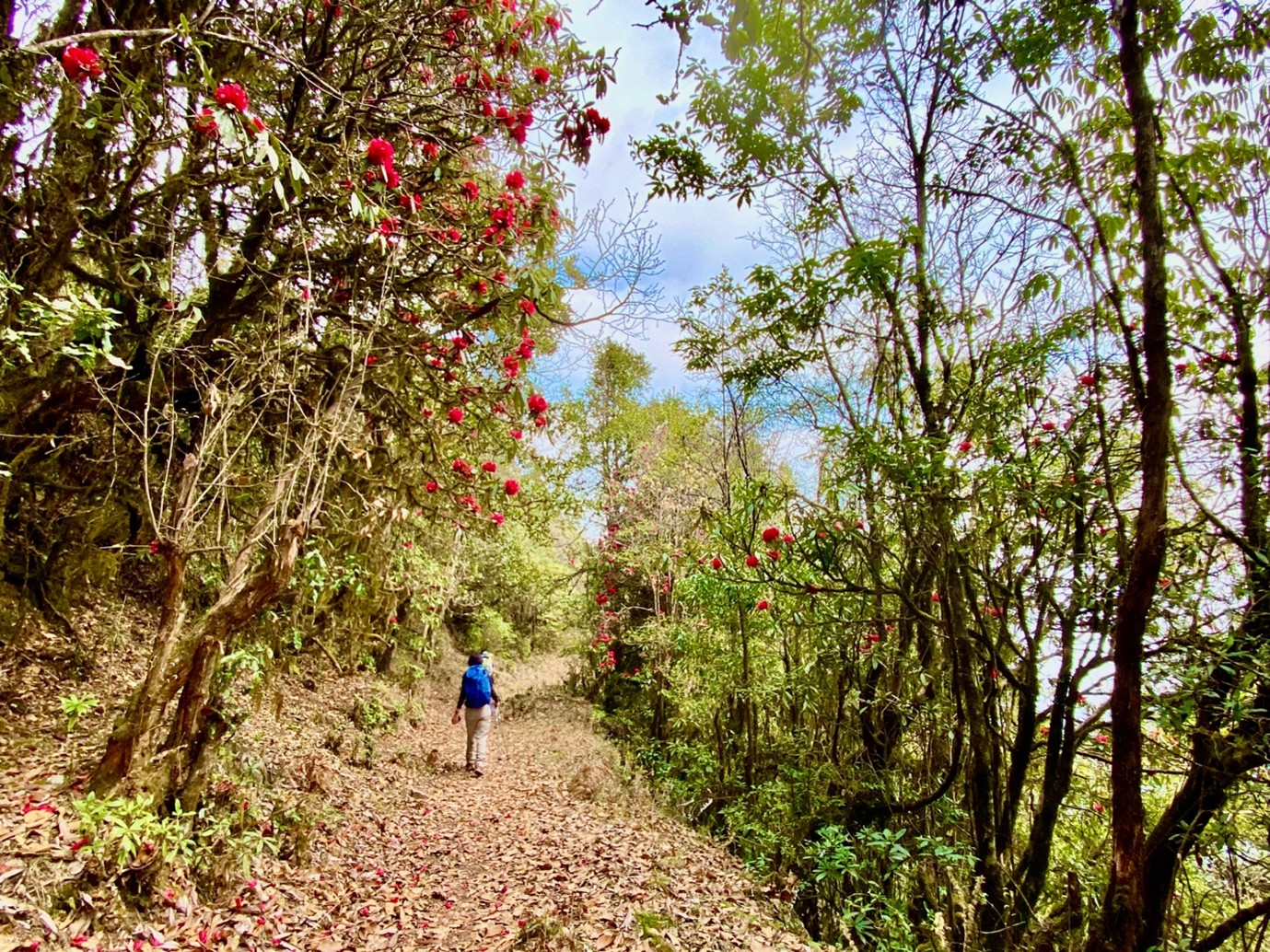
9. Laya village
There are two ways to get to the village of Laya. You can start at Gasa and take the 4-WD only drive to Tonsho, a tiny outpost on the river where the trail begins. It’s a very tough one-day climb from here with an altitude gain that is difficult for most people to cope with. The other way is to take the 12-day Jomolhari trek from Sharna Zampa, north of Paro. It is one of the most scenic treks in the Himalayas, with some challenging high passes to be crossed. Your arrival to Laya village on Day 10 comes as a joy and a relief. It’s a wonderful place to spend a couple of days.
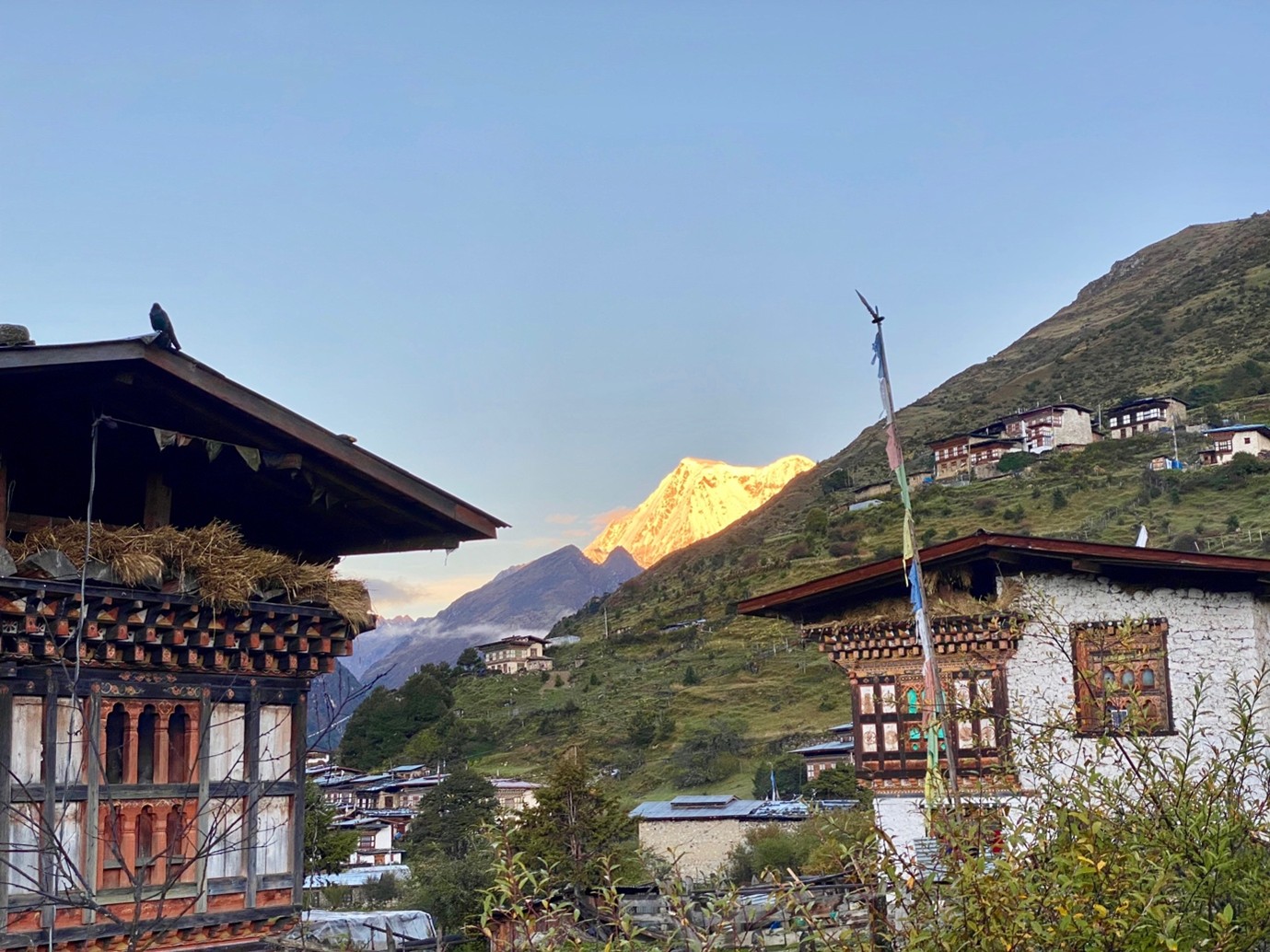
10. The Tiger’s Nest
It can get crowded but that is also part of its charm. Everyone goes to the Tiger’s Nest! If it is an auspicious day in the Buddhist calendar, the locals will be there in force, often hiking up in regular clothes and changing into their temple-best at the famous viewing point. Tourists of every kind will be there too, with some looking like they’ve never hiked a day in their lives. The walk is within the capabilities of most people, and everyone will find their own rhythm to get there. Most take around 5 to 6 hours for the round trip. I love the interesting people I meet on the trail. The conversation is usually about how much they are loving Bhutan. I think what surprises everyone is the sense of being in a nicer world where spiritual calmness reigns. This is what a hike in a forest to a beautiful monastery can do.
